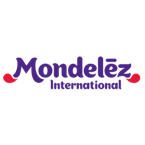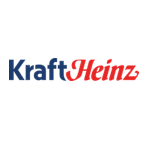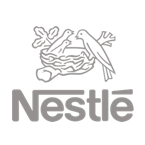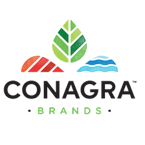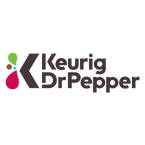The Great Lakes region is composed of lakes, streams, wetlands, marshes, and forests that play a critical economic, social, and ecological role. The region, which contains 21% of the world’s fresh surface water, supports a $7 billion fishing industry, a $16 billion tourism industry, and $14.5 billion in agricultural sales. In addition, the region also provides habitat to 350 species of migratory birds, 180 species of fish, 200 rare species, 46 of which are found nowhere else in the world.
Within the Great Lakes region, climate change driven extreme weather patterns are threatening local livelihoods, infrastructure, and business. 2018 and 2019 were the two wettest years on record, which unleashed severe flooding and coastal erosion, and prevented farmers from planting 14 million acres of farmland. In contrast, large swaths of the region experienced drought in 2021; in August, 50% was abnormally dry or worse, and 20% was in moderate drought.
Water quality is also a serious issue facing the Great Lakes region, as only 1% of the water flows out of the lakes every year, which concentrates pollution. In July 2019, heavy rainfall exacerbated nutrient runoff and generated a toxic algal bloom covering 300 square miles of Lake Erie. Pollution has also historically compromised the lakes’ fishing industry, as pollutants such as mercury, PCBs, and oil have accumulated in ecosystems and found their way into the market, threatening public health.
Past legislation, such as the Great Lakes Water Quality Agreement (GLWQA) and the Great Lakes Legacy Act, has aided in the evaluation and improvement of water quality in the Great Lakes after years of degradation; however, variable climate conditions, disrupted hydrological cycles, and human use continue to threaten the Great Lakes’ water resources.
Companies and investors have a unique opportunity to respond to water risks in their operations and supply chains near the Great Lakes, advocate for resilient water policies, and ensure sustainable management to reduce pollution of this important water supply.
Water Risks and Opportunities in the Great Lakes
By the Numbers
|
|
| 15% of U.S. dairy produced |
$14.5 billion annual in agricultural sales |
7% of total U.S. farm production |
#1 dairy producing region in the nation |
Key Commodities
|
|

Dairy |

Corn |

Livestock |

Grain |
Key Risks |
|||
 |
Climate ChangeIn recent years, the Great Lakes have experienced rapid shifts between record high and low levels of water, likely due to climate change's disruption of normal hydrological cycles. |
||
 |
Water PollutionChemical, nutrient, and plastic pollution stemming from concentrated animal feeding operations (CAFOs), agriculture, industry, and manufacturing threaten the ecosystem health, drinking water quality, and the tourism industry. |
||
Companies with Operations and Suppliers in the Great Lakes
Mondelēz
Mondelēz works with Michigan State University and its soft white wheat supplier to help wheat farmers in Michigan adopt practices that optimize pesticide and fertilizer use. Each year, participating farmers get a report of their performance compared to their peers, with the opportunity to engage with agronomists to help improve their yield and reduce their environmental footprint.
Kellogg’s
Kellogg’s Origins Great Lakes Wheat Program tracks environmental indicators in its soft white winter wheat supply chain in Michigan's Saginaw Bay region. Farmers receive tools to document their improvements, such as Syngenta’s LandDB tool.
Kellogg's also supports the USDA’s Saginaw Bay Watershed Conservation Partnership, which provides financial and technical assistance to growers in the watershed to reduce excess nutrients and sediment.
Conagra
In 2019, Conagra implemented 27 projects that collectively saved 120 million gallons of water. The Imlay City, Michigan plant reduced annual water use by almost 30% by installing a new closed loop water chiller system.
Molson Coors
Molson Coors’ Milwaukee brewery conforms with the Alliance for Water Stewardship International Water Stewardship Standard, the global standard for measuring responsible water stewardship across social, environmental, and economic criteria. By 2020, this brewery reduced water usage by 8.2%, due to the optimization of clean-in-place processes.
Campbell's
A year after launching a partnership with Heritage Cooperative in Ohio in 2019, the company had enrolled 60,000 acres of wheat farmland in a fertilizer management program.
Campbell’s achieved a 13% water reduction at its Napoleon, Ohio plant between 2017 and 2019.









